When ecosystems begin to change—whether due to pollution, deforestation, overdevelopment, or the accelerating effects of climate change—it’s not always easy to see.

But animals often notice long before we do. Certain species are particularly sensitive to environmental shifts, acting like early warning systems. When their populations drop, they migrate to new areas, or their behaviour changes in unusual ways, it’s often a sign that something deeper is going on in the natural world.
These species, often called indicator species, help scientists and conservationists understand how healthy an ecosystem really is. Some are well-known, while others might be easy to overlook. But all of them are telling us something important about the future of our environment.
Amphibians
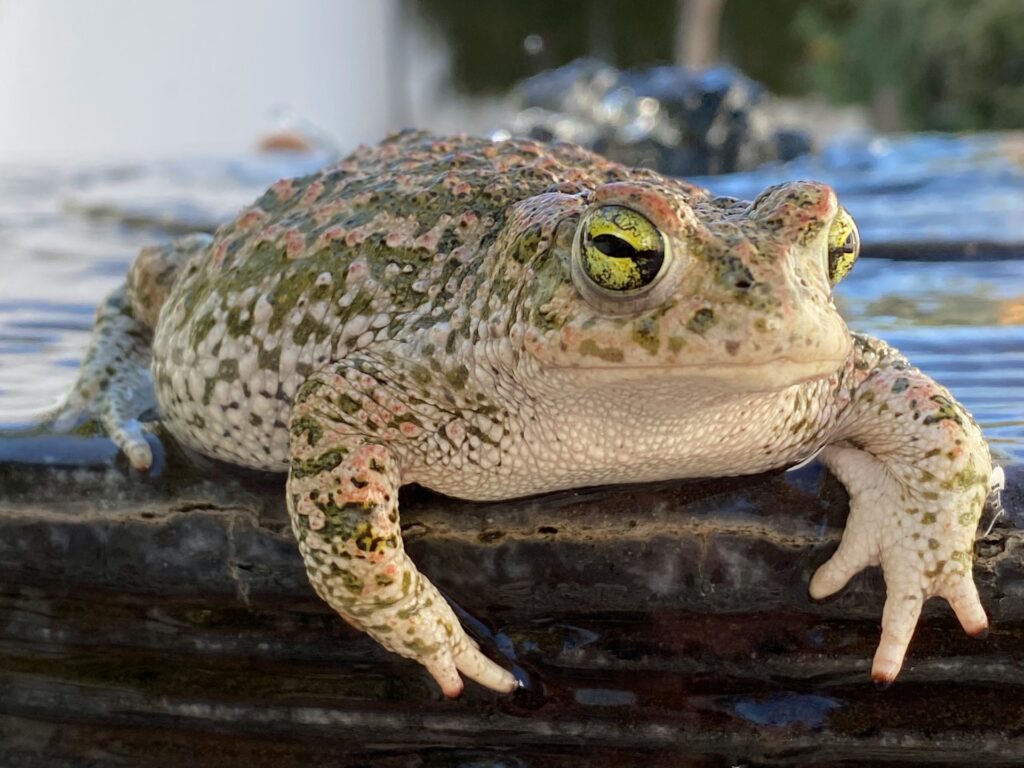
Frogs, toads, and salamanders are among the most vulnerable animals on Earth when it comes to environmental shifts. Because they absorb water and any pollutants within it directly through their skin, they’re often the first to show signs of poor water quality or chemical exposure. Many amphibians also have complex life cycles that depend on both aquatic and terrestrial environments, so they’re affected by changes in both.
Worldwide, amphibian populations have declined rapidly. According to the IUCN, over 40% of amphibian species are threatened with extinction. Habitat loss, climate change, pollution, and diseases like chytrid fungus are all contributing to these declines. A sudden disappearance of local frog populations is rarely isolated. It’s usually a red flag that something is wrong across an entire ecosystem.
Pollinators

Bees, butterflies, moths, hummingbirds, and even some species of beetles are vital to our food systems and plant diversity. When these animals decline, we lose more than just honey or a pretty garden. We risk major agricultural consequences. The UK alone has seen dramatic drops in native bee and butterfly populations in recent years, with habitat loss, pesticide use, and changing weather patterns being key factors.
Pollinators are highly sensitive to changes in plant life, temperature, and timing of seasonal cycles. Changes in migration or feeding habits, such as bees emerging before flowers bloom, can indicate climate instability. In response, some countries are planting wildflower corridors and regulating pesticide use to support their recovery. But the warning signs they provide are still being taken seriously by ecologists worldwide.
Sea birds
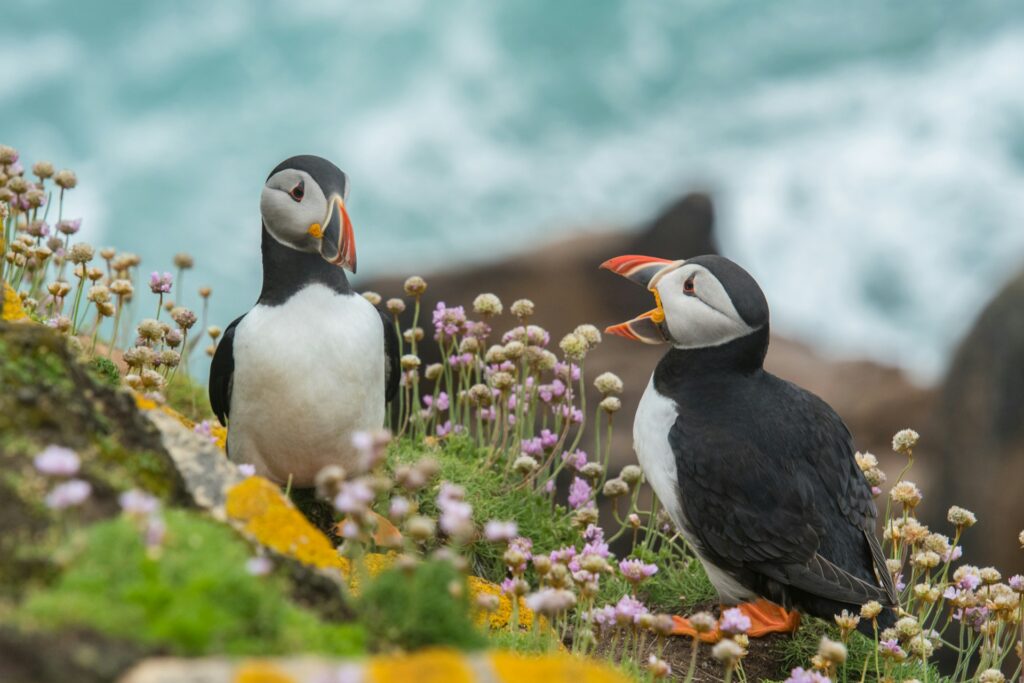
From gannets and puffins to albatrosses and gulls, seabirds are an essential part of marine food webs. Because they rely heavily on fish and plankton, they’re incredibly sensitive to changes in ocean temperature, pollution, and overfishing. If fish populations dwindle or shift due to warming seas, seabirds often stop breeding, abandon traditional nesting sites, or produce fewer surviving chicks.
Studies by the RSPB and other marine groups have tracked declines in seabird populations in the UK and beyond, especially in places like the North Atlantic. Plastic pollution and discarded fishing gear also pose massive threats. When seabirds start turning up emaciated or tangled in debris, it’s not just a tragedy for the bird population—it’s a symptom of broader oceanic distress.
Freshwater fish

Fish that inhabit rivers, lakes, and wetlands are often among the first to suffer when water systems are altered. Agricultural runoff, invasive species, damming, and temperature changes all disrupt freshwater habitats. Species like trout, perch, and minnows are sensitive to oxygen levels, water clarity, and pH, so a change in their numbers can indicate a change in water chemistry or nutrient balance.
In some rivers across Europe, fish now spawn earlier than they once did, reflecting changing temperature and flow conditions. Others have simply vanished from areas where they once thrived. Freshwater biodiversity is declining faster than in marine or terrestrial ecosystems, and fish are sounding the alarm.
Insects
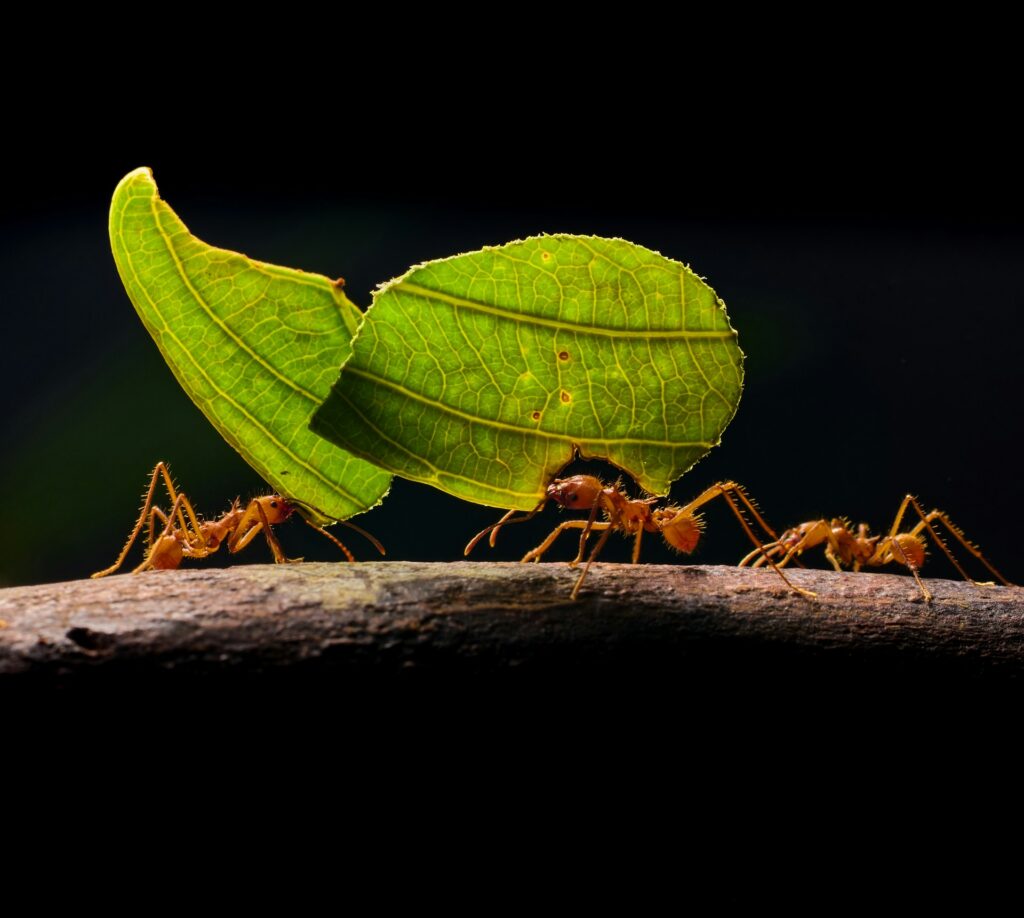
Insects might not get much attention, but they’re the backbone of most ecosystems. They pollinate plants, decompose organic matter, and serve as food for countless other species. When insect numbers fall, the ripple effect spreads far and wide.
Germany’s long-running studies on insect biomass revealed a 75% drop in flying insects over just a few decades. Similar patterns have been seen in the UK, North America, and elsewhere. While causes vary by region, pesticides, habitat loss, and climate disruption are among the main culprits. If insects vanish, birds, bats, amphibians, and many mammals follow.
Bats
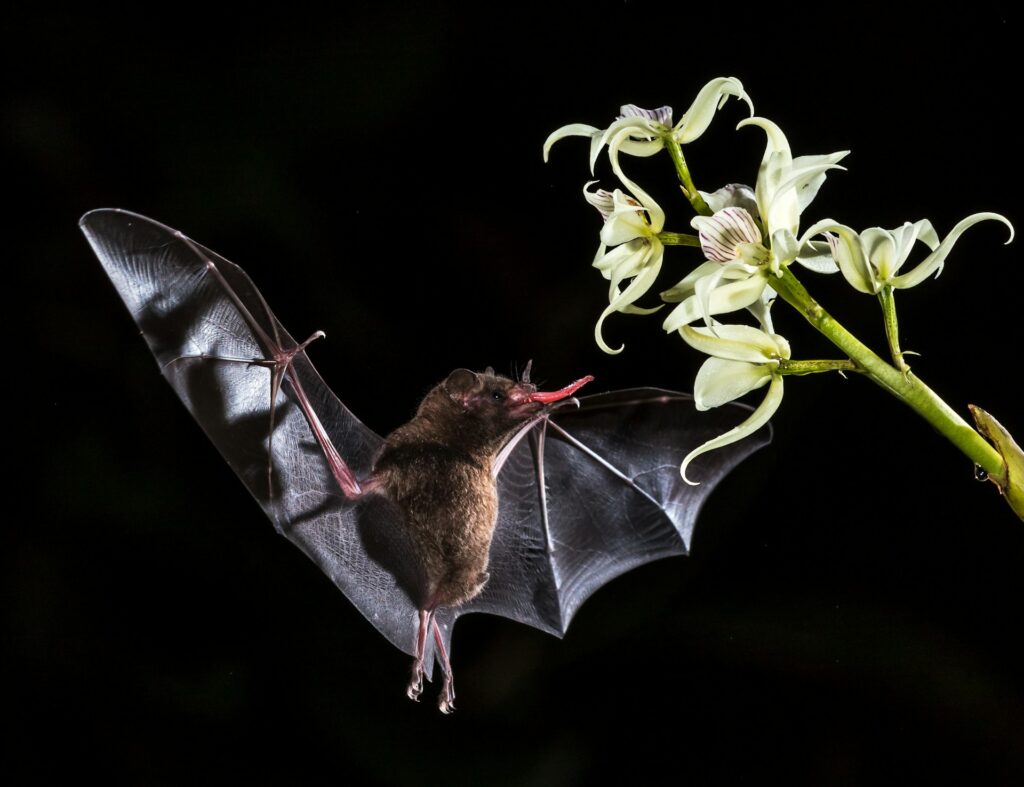
Bats are uniquely valuable in ecosystems. They control pests, pollinate plants, and disperse seeds. However, they’re also highly susceptible to disruptions. Changes in temperature, artificial lighting, habitat loss, and emerging diseases have all taken a toll.
In the UK, bat populations are monitored as indicators of habitat health and urban impact. Elsewhere, white-nose syndrome has devastated bat colonies across North America, offering a sobering look at how fast a species can be destabilised. Because bats often rely on specific roosting conditions, changes in their movement or numbers can hint at problems like forest fragmentation or insect decline.
Coral

Though they might look like rocks or plants, corals are living animals, and incredibly fragile ones at that. Coral bleaching, a phenomenon caused by prolonged temperature stress, forces corals to expel the algae they depend on. The result is a ghostly white reef that, if not recovered, will eventually die.
Coral reefs support an estimated 25% of marine life, and when they begin to fail, the effects cascade throughout ocean ecosystems. Mass bleaching events have occurred in Australia’s Great Barrier Reef, the Caribbean, and Southeast Asia. Scientists now monitor reefs as a crucial barometer of oceanic change, and their decline is often a signal that marine ecosystems are reaching a tipping point.
Apex predators
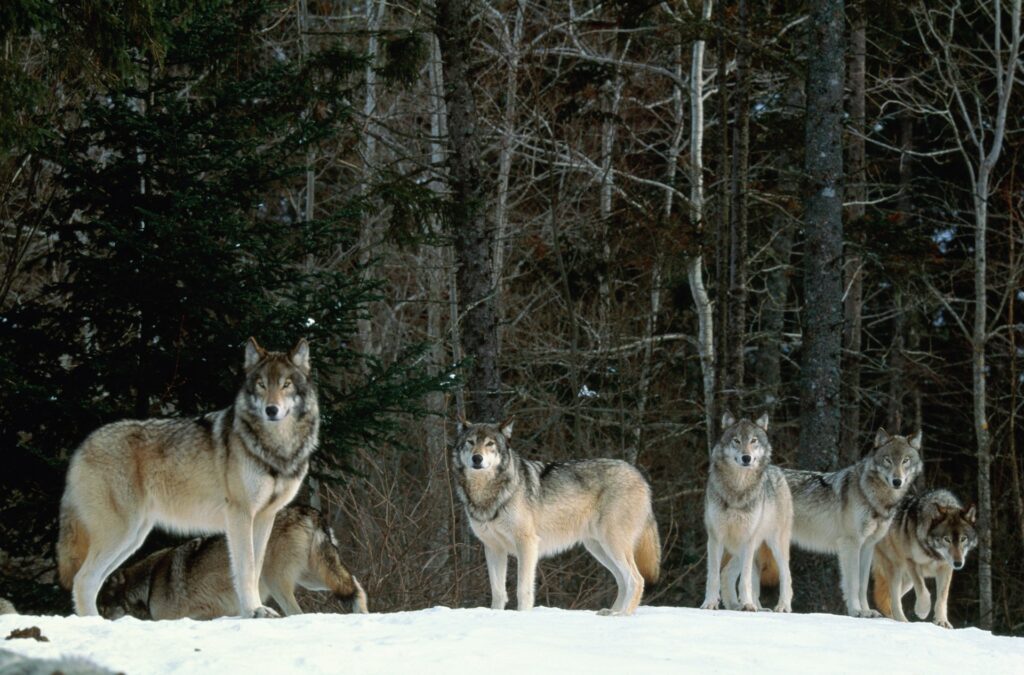
Top predators like wolves, orcas, sharks, and birds of prey don’t just sit at the top of the food chain—they help regulate it. Their presence keeps prey species in balance, which in turn affects vegetation, smaller animal populations, and ecosystem health as a whole. When apex predators disappear or behave differently, it can suggest deeper instability.
For example, the removal of wolves from Yellowstone once led to deer overgrazing riverbanks, changing plant growth and eroding soil. When wolves were reintroduced, the landscape recovered. Similar effects have been seen with sharks in coral reef systems and raptors in forests. These predators tell us when ecosystems are becoming unbalanced or unable to support complex life.
Crustaceans and shellfish
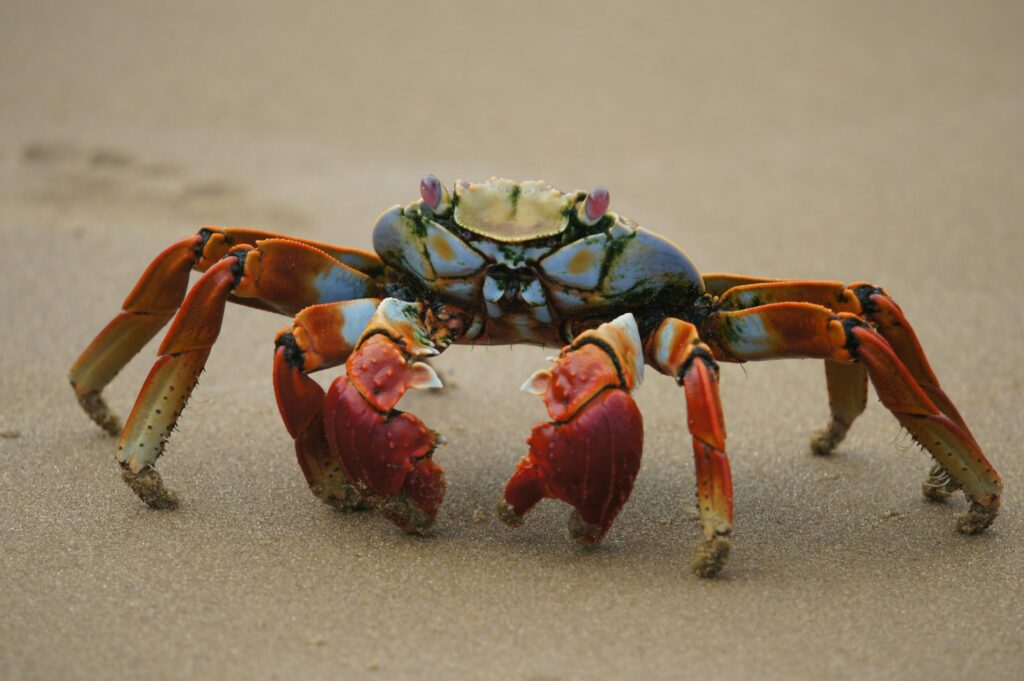
Crabs, mussels, oysters, and other shellfish are highly sensitive to water chemistry, especially changes in acidity. As oceans absorb more carbon dioxide, they become more acidic, which can dissolve the calcium carbonate that many shellfish use to form their shells.
This makes crustaceans excellent markers for ocean acidification. Declines in shellfish health and reproduction can be an early sign that carbon levels are reaching dangerous levels in coastal waters. Some regions have begun monitoring oyster larvae specifically for this reason.
Ecosystems don’t typically collapse overnight.

They unravel slowly—species by species, sign by sign. Animals can’t always speak to us, but their changes in behaviour, range, health, or numbers are like ecological warning lights on the dashboard of the planet.
Whether you’re noticing fewer insects on your windscreen, birds failing to arrive in spring, or hearing about vanishing frogs in your area, these are all clues that something is shifting. Watching wildlife closely, supporting conservation research, and pushing for policies that protect habitats aren’t just for nature lovers. They’re crucial to understanding what kind of world we’ll be living in tomorrow.
We may not always know what comes next, but one thing is certain: if we pay attention to animals, they’ll usually tell us before it’s too late.